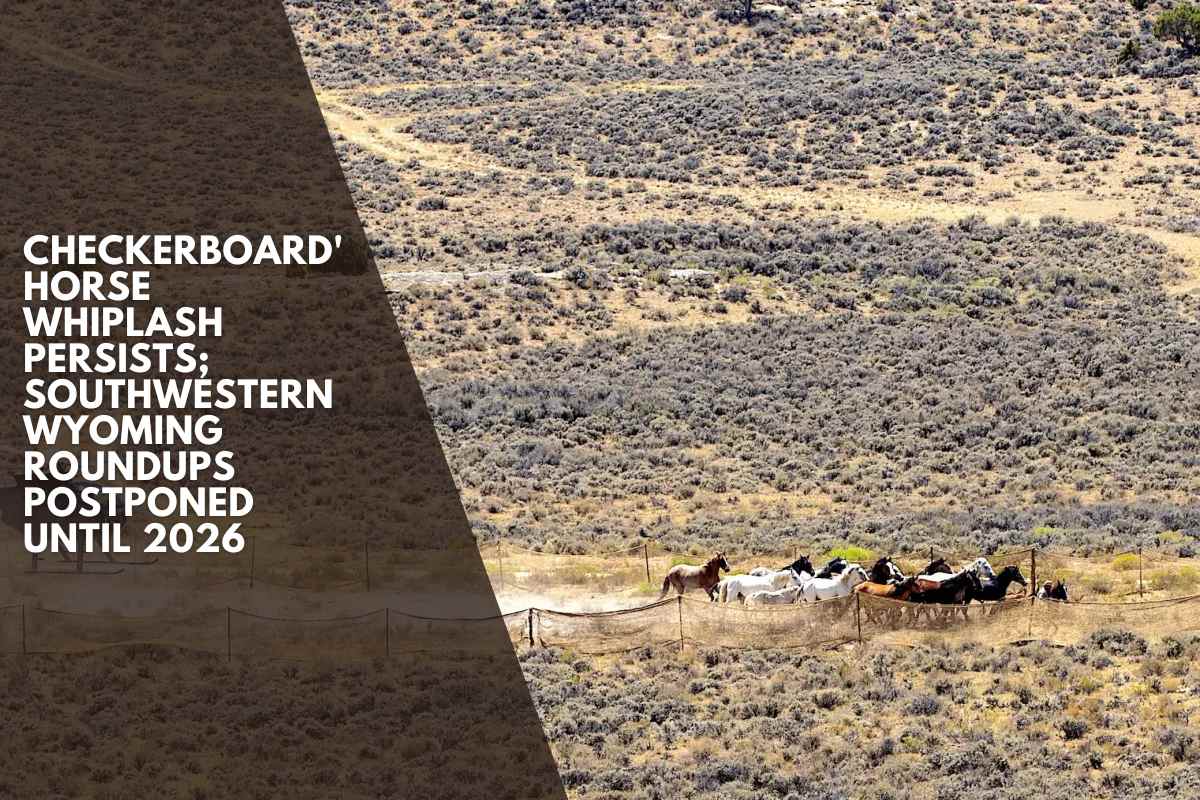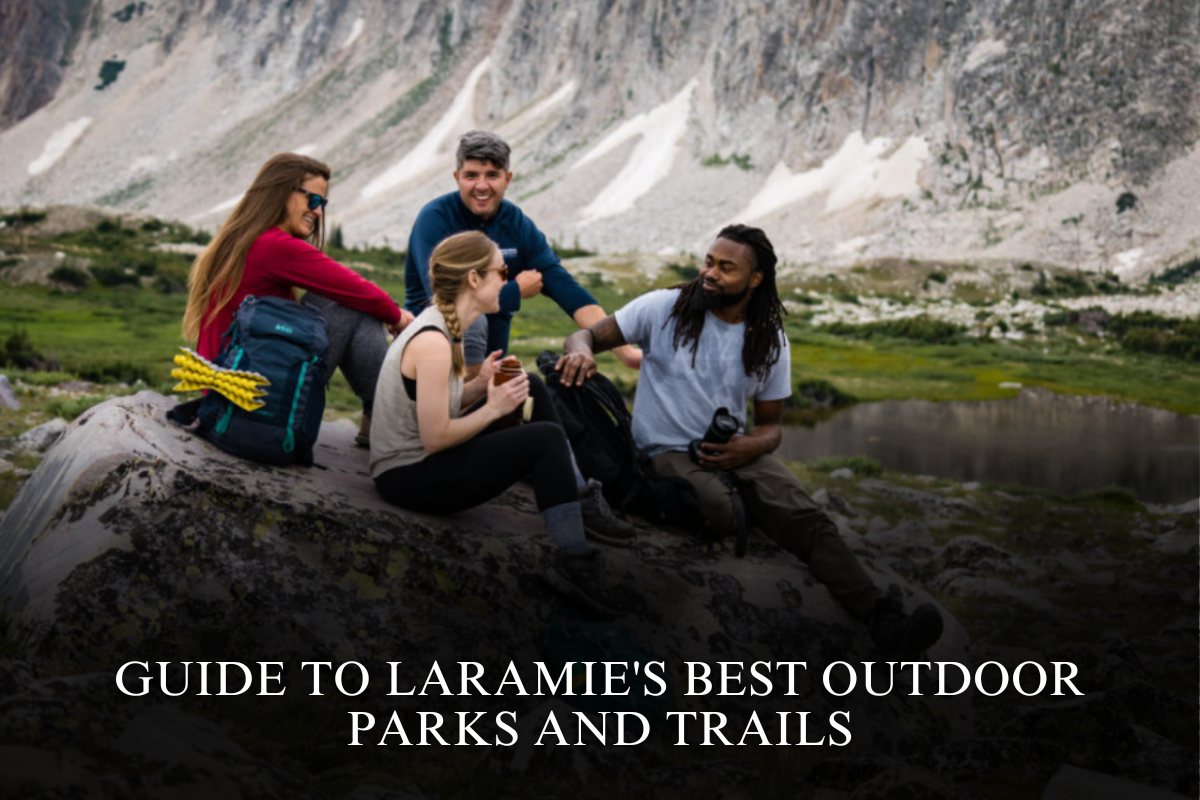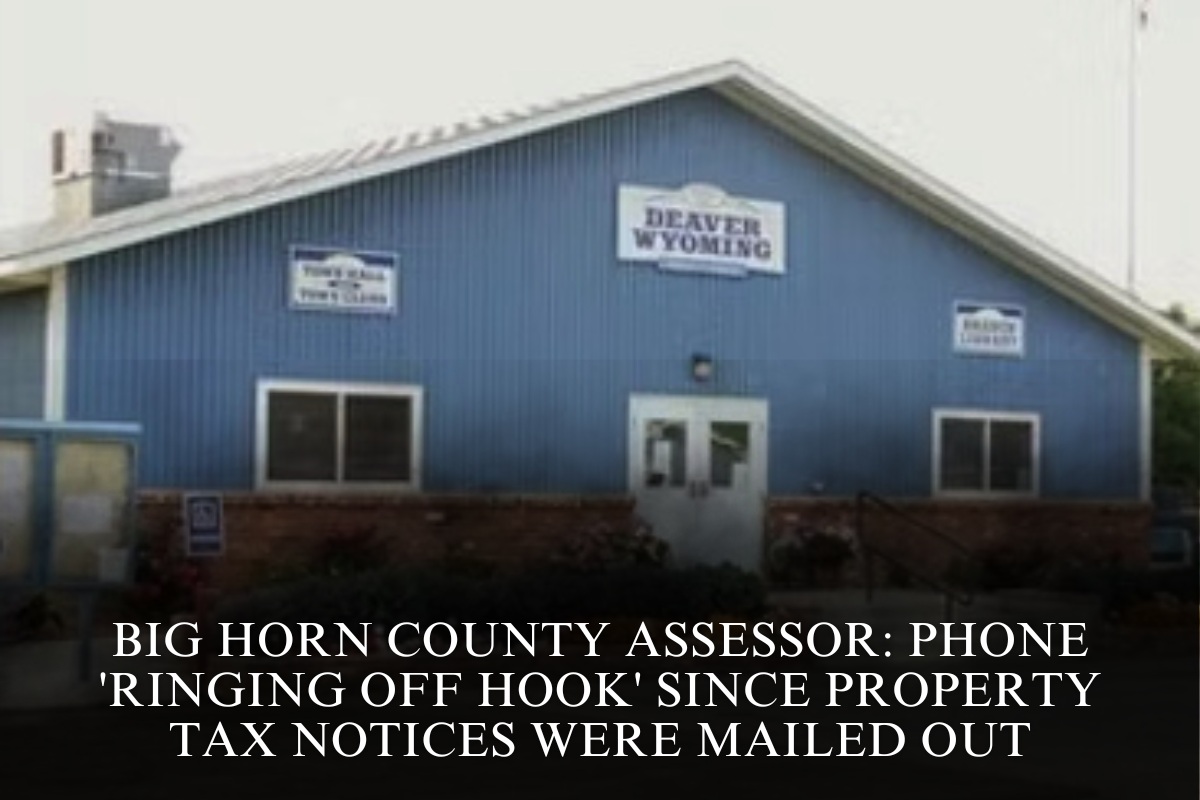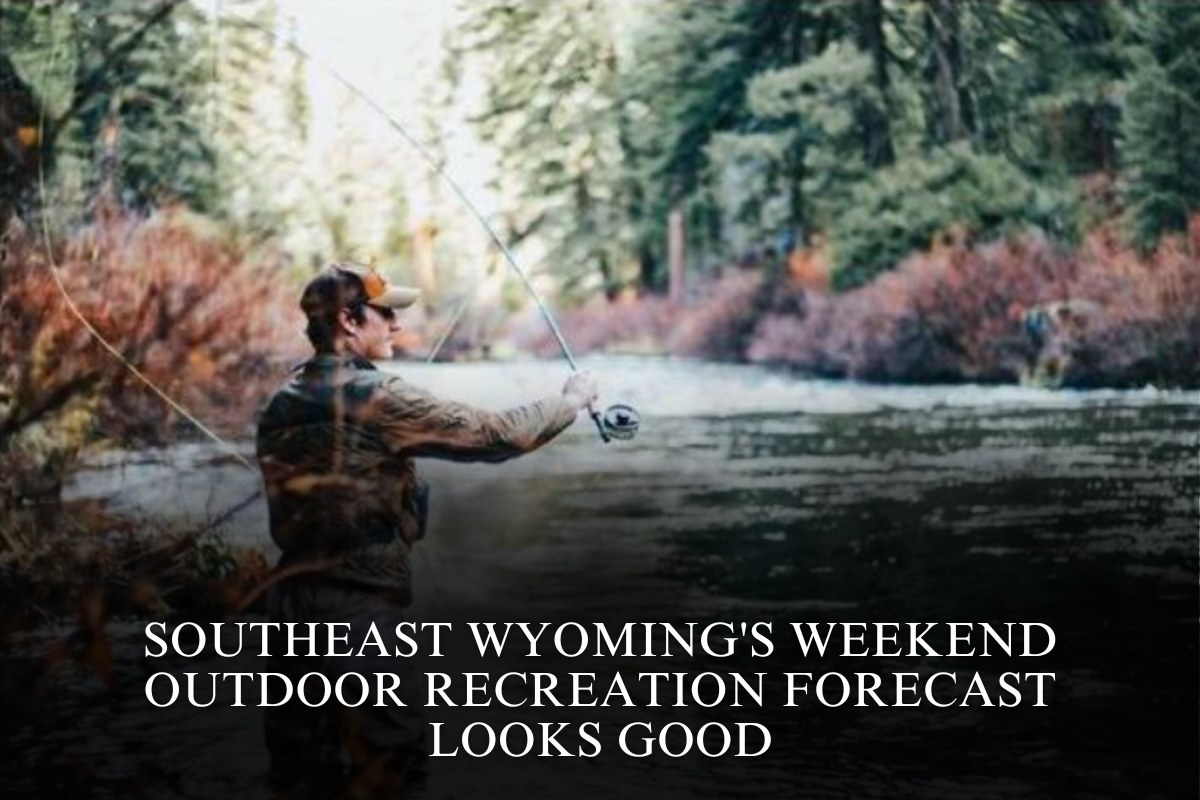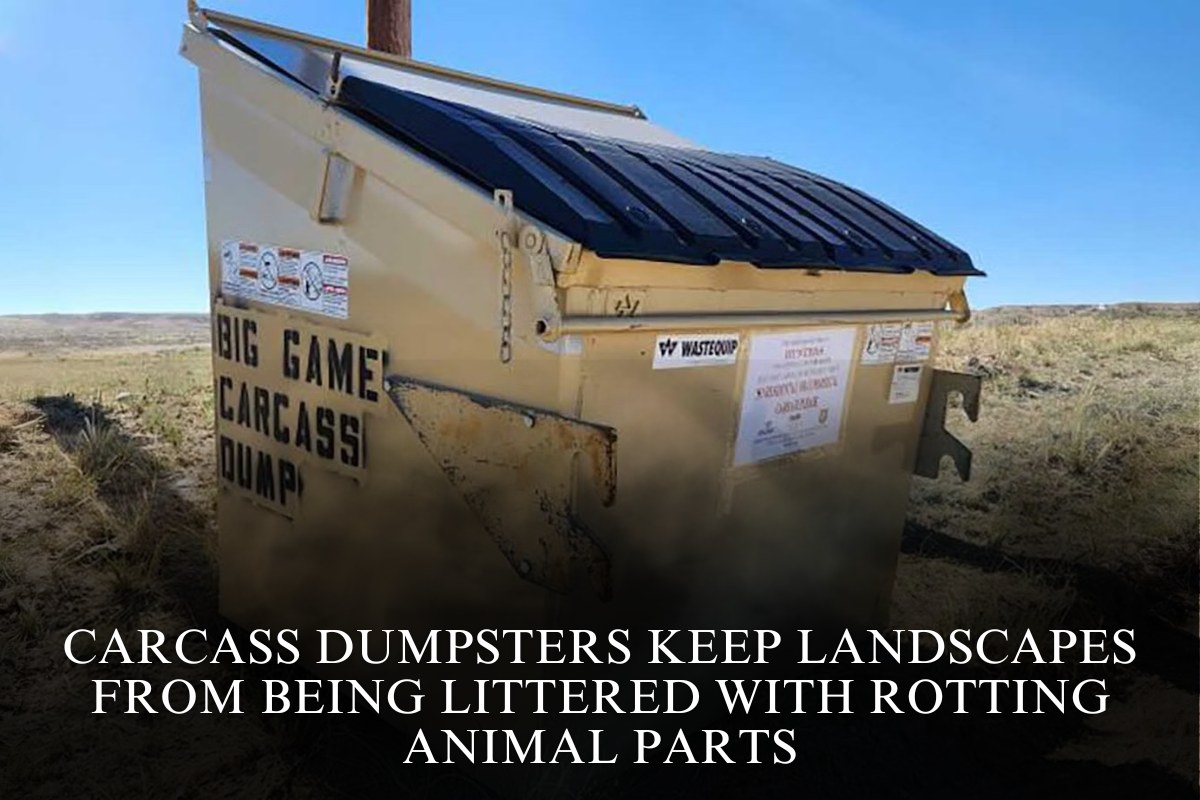The on-again, off-again, and heavily litigated roundup and elimination of over 3,000 free-roaming horses from approximately 2.1 million acres in southwestern Wyoming appears increasingly unlikely by 2025.
Over the last few months, the Bureau of Land Management’s plans have been administratively approved, but then appealed, delayed, and found to be illegal by the 10th Circuit Court of Appeals.
The federal agency was not completely deterred, however, and had scheduled the roundups for October 13, prompting a Friends of Animals lawsuit to prevent the BLM from proceeding.

This week, more plaintiffs filed a lawsuit seeking to halt the 2025 removal operations, which will eventually eliminate the Salt Wells Creek Herd, Great Divide Basin Herd, and the northwestern portion of the Adobe Town Herd.
These pro-horse organizations and individuals—American Wild Horse Conservation, Animal Welfare Institute, Carol Walker, and Kimerlee Curyl—said Thursday that the federal government informed them that the BLM’s plans had changed.
According to Bill Eubanks, an attorney for the petitioners, the Justice Department, which represents the BLM, informed them late yesterday afternoon that the roundup will not take place this year. “It will not happen before the summer of 2026. That is all we know. It’s simply a written assurance from counsel.
The next step in the legal process is a status conference in the United States District Court for Wyoming, which is scheduled for early October. Attorneys will meet to discuss potential remedies for a two-year-old Resource Management Plan amendment that the appeals court deemed illegal.
The court ruled that the BLM failed to show how removing horses would maintain a “thriving natural ecological balance,” as required by the Wild Free-Roaming Horses and Burros Act.
The ongoing dispute over the existence of the Salt Wells Creek, Great Divide Basin, and Adobe Town herds dates back 15 years. In 2010, the Rock Springs Grazing Association revoked permission for free-roaming horses to exist on its property in the 40-mile-wide swath of southern Wyoming where public-private land intersects in a checkerboard pattern.
